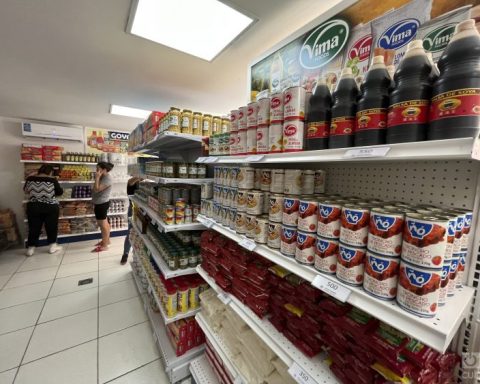The price of Petroleum intermediate of Texas (WTI) closed this Wednesday with a rise of 7% and stood at 110.60 dollars a barrel, pressured by the decision of the OPEC + alliance to maintain its plan to gradually increase production.
According to data at the end of operations in the New York Mercantile Exchange (Nymex), the WTI futures contracts for delivery in April added 7.19 dollars with respect to the previous closing, in which they ended with an increase in price of 8%.
The benchmark barrel in the US has risen sharply since the war in Ukraine began last Thursday and is now at its highest price since May 2011, with a cumulative appreciation of 47% since the start of the year.
Investors reacted today to the decision of OPEC and its allies, including Russia, to add 400,000 barrels per day of crude oil to its supplies in April, sticking to its progressive increase plan agreed in the summer of 2021.
His ministers assured that there was “consensus” that the oil market “is well balanced” and that “the current volatility (of prices) is not caused by changes in market fundamentals but by current geopolitical events.”
Thus, the group of producers again ignored the calls from the US and other consumer nations that make up the International Energy Agency (IEA) for the cartel to stop the rise in fuel prices.
The IEA agreed on Tuesday to release 60 million barrels of Petroleum of its members’ strategic reserves to ensure that there will be no supply problems after the Russian invasion of Ukraine, but some analysts consider that amount “a drop in the ocean”.
“The current realistic scenario is that a large part of Russian crude, as well as its refined oil products, will not be palpable in the market and will create a supply deficit for the duration of the armed conflict,” explained analyst Louise Dickson, of Rystad Energy firm.
Meanwhile, natural gas contracts for April delivery added 19 cents to $4.76 per thousand cubic feet, and gasoline contracts due the same month rose 22 cents to $3.30 a gallon. .












